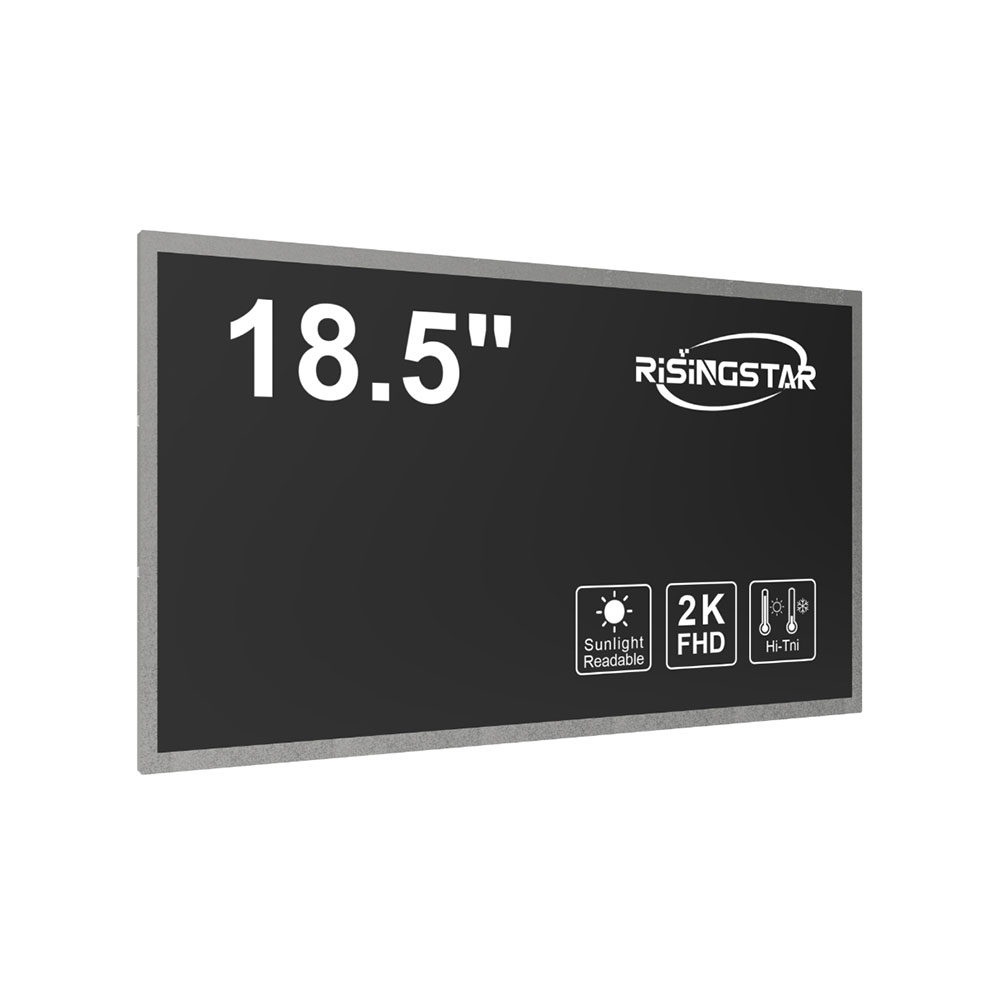When designing outdoor LCD screens for applications such as digital signage, public transportation displays, or industrial monitoring systems, one of the most critical specifications to consider is the Ingress Protection (IP) rating. Among these, IP66 stands out as a benchmark for durability and reliability in harsh environments.
An IP66 rating means the screen is completely protected against dust ingress (the "6" in IP66), and it can withstand powerful water jets from any direction (the "6" again). This makes it ideal for installations exposed to rain, snow, high humidity, or even temporary submersion in shallow water—such as in coastal areas, construction sites, or urban transit hubs.

The dust protection (IP6) ensures that no harmful particles like sand, dirt, or pollen can enter the unit, which prevents long-term degradation of internal components such as circuit boards, LEDs, and power supplies. The water resistance (IP66) is tested by spraying water at 12.5 liters per minute under a pressure of 100 kPa from a 6.3 mm nozzle at a distance of 3 meters for 3 minutes from all angles. This rigorous test simulates real-world conditions like heavy rainstorms or pressure washing during maintenance.
Manufacturers typically achieve this level of protection through robust enclosures made from aluminum or stainless steel, sealed gaskets, and conformal coatings on PCBs. Additionally, advanced sealing techniques—such as O-rings and screw-tightened panels—are used to maintain integrity over time. These design elements not only meet IEC 60529 standards but also ensure compliance with international environmental certifications required for public infrastructure projects.
In practice, an IP66-rated outdoor LCD screen must operate reliably in temperatures ranging from -20°C to +60°C, while maintaining brightness levels above 5,000 nits to remain visible under direct sunlight. Real-world case studies from cities like Singapore, Dubai, and Vancouver confirm that IP66 screens have significantly reduced maintenance costs and downtime compared to lower-rated alternatives.
For engineers and procurement managers, selecting an IP66-rated display isn’t just about meeting a standard—it’s about ensuring long-term performance, safety, and return on investment in demanding environments.







